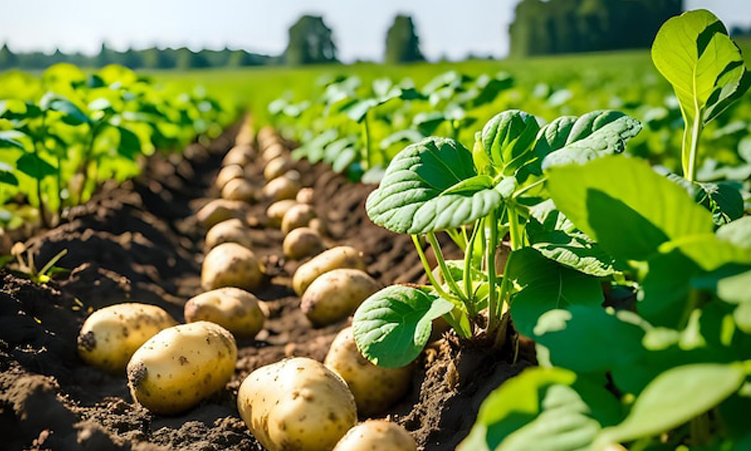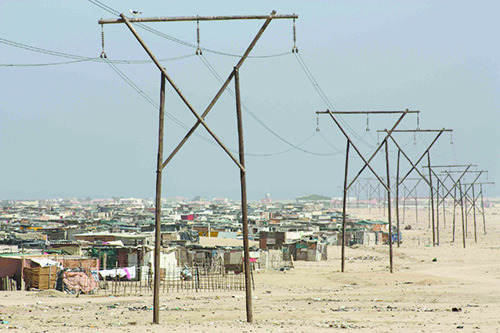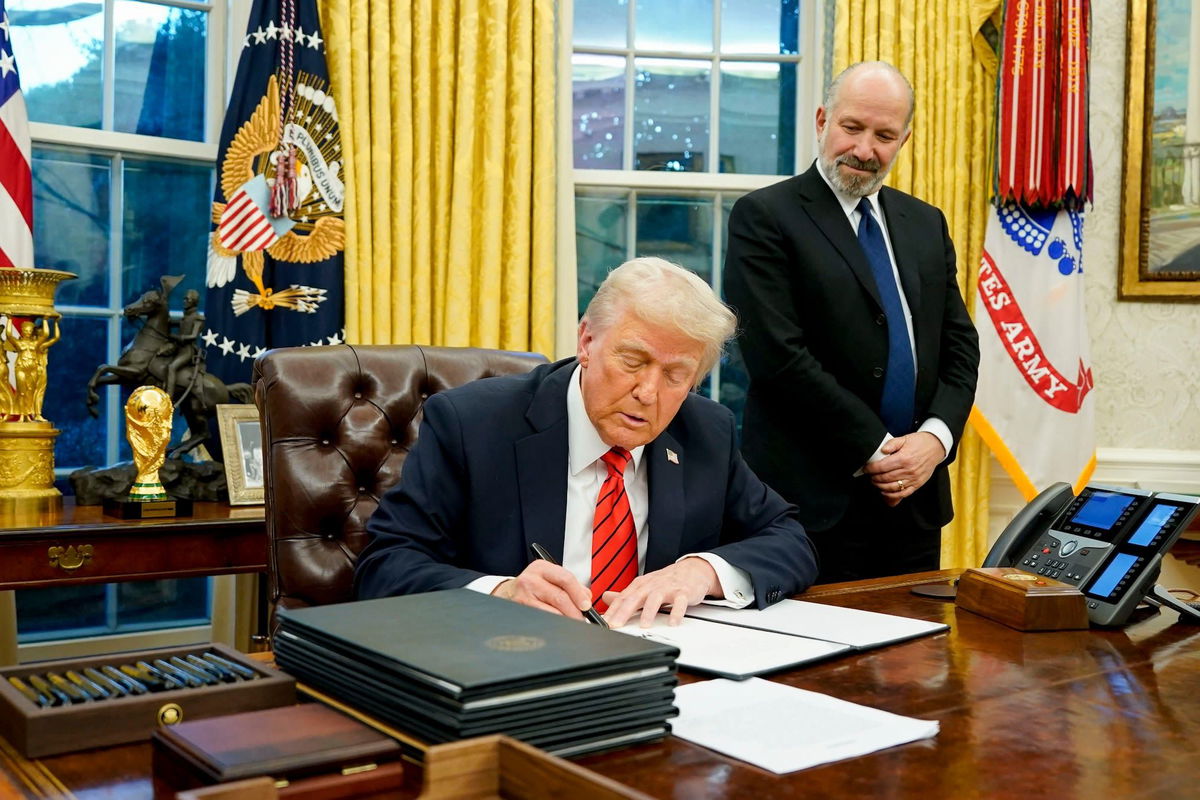In the last four months of 2024, Namibia bought potatoes worth N$47.3 million, mainly from South Africa.
According to the Namibia Statistics Agency (NSA) report on fourth quarter agriculture and fishing indicators, the import bill for horticulture products was valued at N$328.7 million.
“This is a decline when compared to N$338.1 million that was recorded in the corresponding quarter of 2023,” the report reads.
One of the projects under the goverment to reduce import reliance is the Sikondo Green Scheme in the Kavango West region which successfully harvested 300 tonnes of potatoes in January.
The second cycle of potatoes will be harvested around June, while the third cycle will be planted in July and harvested in December.
Sikondo has 850 hectares (ha) of arable land under irrigation, divided into medium-scale (approximately 270ha) and commercial-scale (approximately 320ha) farming sections.
Other imports included apples (N$34.8 million), tea leaves (N$14.8 million), vegetable seeds (N$14.6 million), and bananas (N$13.4 million).
“Horticulture products were mainly sourced from South Africa, accounting for 95.7% during the period under review,” the report reads.
For nearly two decades, Namibia has worked to reduce its reliance on imported fruit and vegetables, aiming for food security and supporting local agriculture.
Last year, the Namibian Agronomic Board (NAB) said the country was working to ease its import restrictions on some fruits and vegetables under a new crop value chain development strategy for 2025 to 2030.
Initiated in 2005, the country’s market share promotion scheme pushed domestic farming, with locally grown vegetables now covering 56% of Namibia’s needs, an increase from 5% when the programme began.
However, the original aim was 60% self-sufficiency in 20 years, which has been held back by factors such as the availability of disease-free potato seed.
Currently, local produce such as tomatoes and onions, are now exported to South Africa and Angola.
While fruit imports remain high (over 96%), Namibian blueberries and table grapes have found success in European and Asian markets due to their early harvest.
Meanwhile, the country exported horticultural products valued at N$1.39 billion.
This is an increase of 3.3% when compared to the same reporting period in 2023.
Grapes were the top exported products, amounting to N$1.29 billion, followed by tomatoes (N$23.2 million), and watermelons valued at N$17.2 million.
“The Netherlands was the main export destination for horticulture during the fourth quarter of 2024, accounting for 36.6%, followed by the United Kingdom (23.8%), and Germany, accounting for 9.3% respectively,” the report says.
Stay informed with The Namibian – your source for credible journalism. Get in-depth reporting and opinions for
only N$85 a month. Invest in journalism, invest in democracy –
Subscribe Now!










